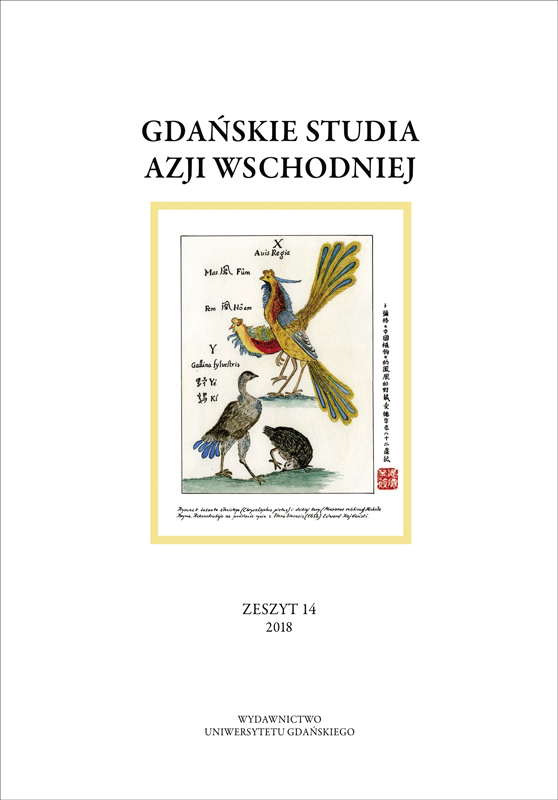Historia imigracji Chińczyków do Stanów Zjednoczonych – druga fala
The second wave of Chinese immigration to the United States of America
Author(s): Monika Paliszewska-MojsiukSubject(s): Migration Studies
Published by: Wydawnictwo Uniwersytetu Jagiellońskiego
Keywords: second wave of Chinese immigration
Summary/Abstract: Chinese immigrants are the third-largest, foreign-born group in the United States. This article aims to investigate the second wave of Chinese immigration to the United States, which started in 1882 when the US Congress passed the Chinese Exclusion Act. Since the beginning of their immigration to the USA, the Chinese struggled with the reluctance of white American society and US officials toward them. America had many reservations against foreigners from China crossing their borders. Behind this ideology lay mainly a lack of knowledge about Chinese language, traditions and culture; moreover, the outer appearance of the Chinese made them easily recognizable, which led to prejudice. Chinese immigrants were perceived as sojourners not willing to settle in America permanently, which increased that aversion. For about 60 years – for that is how long the second wave lasted – the American government looked for any solution to keep the Chinese away from its borders, starting with the Chinese Exclusion Act, through its amendments broadening that legislation, up to when it built the immigration center on Angel Island, where the Chinese were interrogated and checked for bacteria and illnesses, and whether they were to be given the right to enter the country. The second wave ended in 1943 after president Franklin D. Roosevelt signed the Magnusson Bill which repealed the discriminatory laws against the Chinese. The migration policy imposed on the Chinese is believed to have been the only one in the US that prevented migration and naturalization on the basis of race.
Journal: Gdańskie Studia Azji Wschodniej
- Issue Year: 2018
- Issue No: 14
- Page Range: 96-106
- Page Count: 11
- Language: Polish

